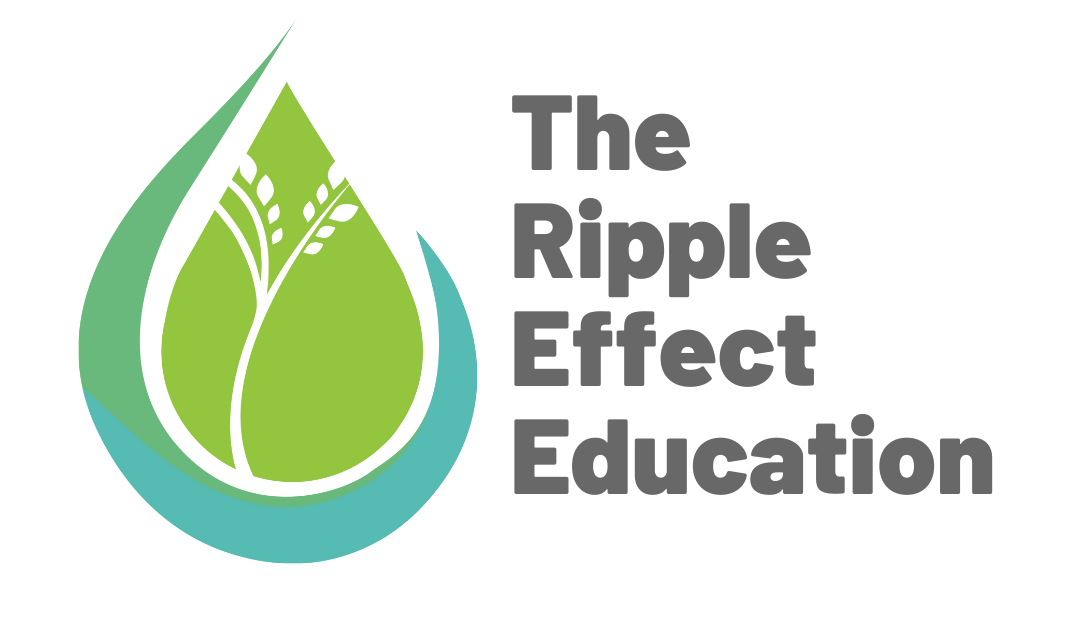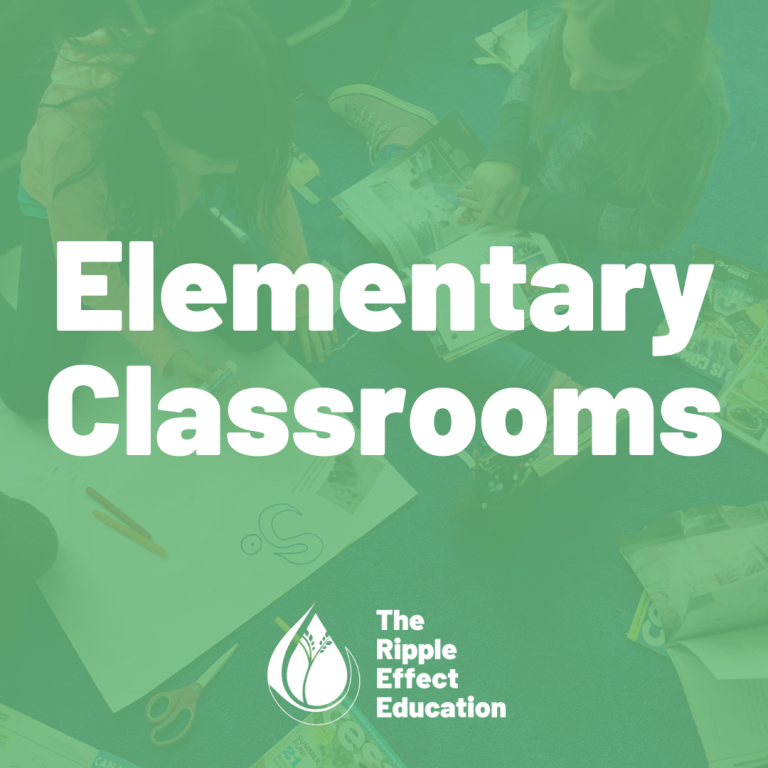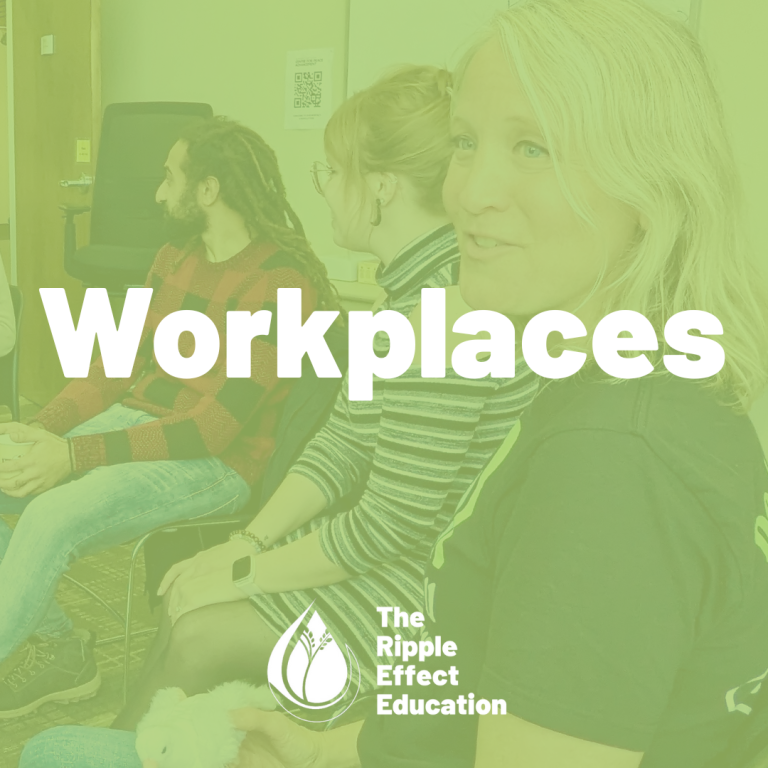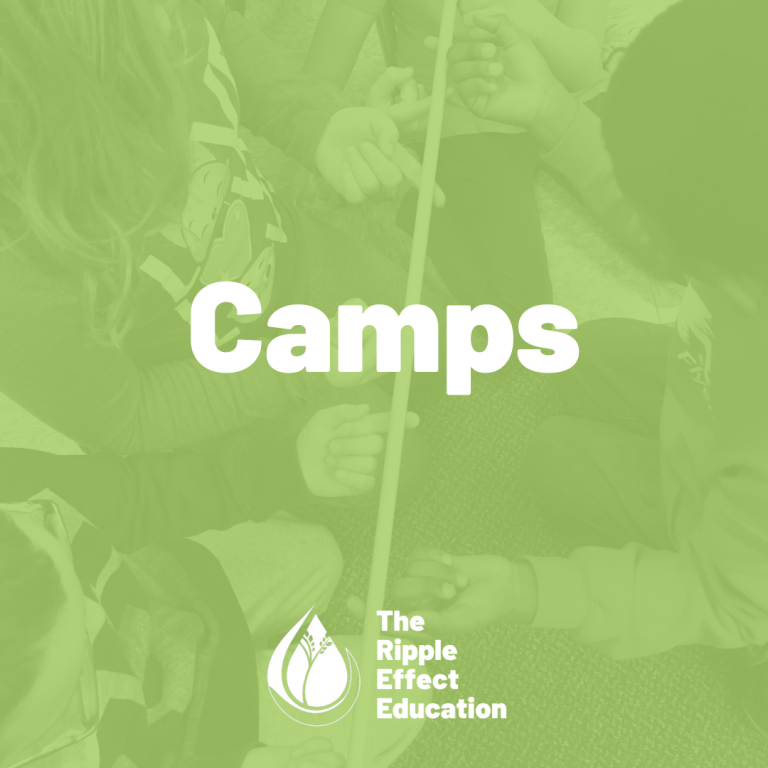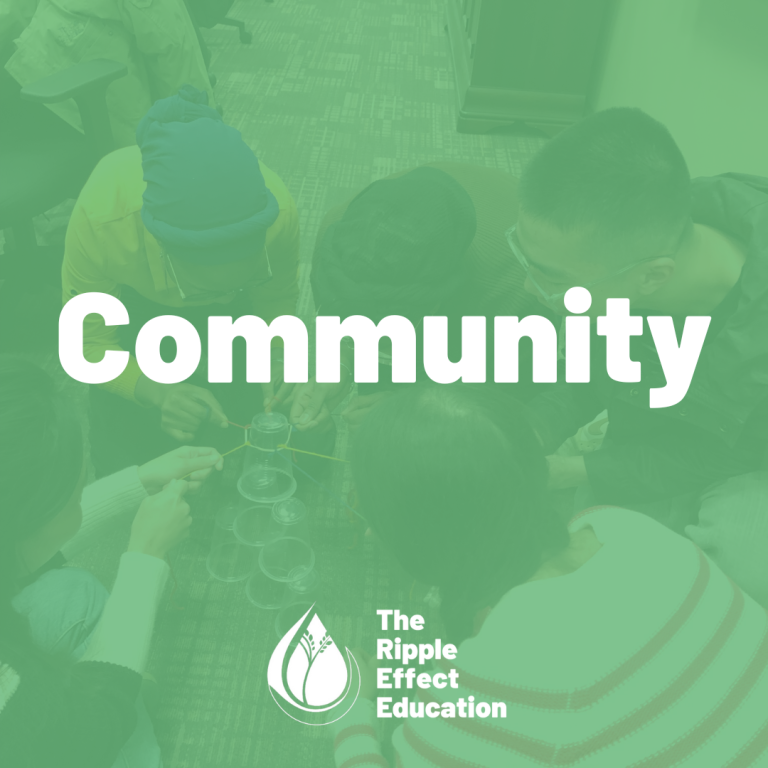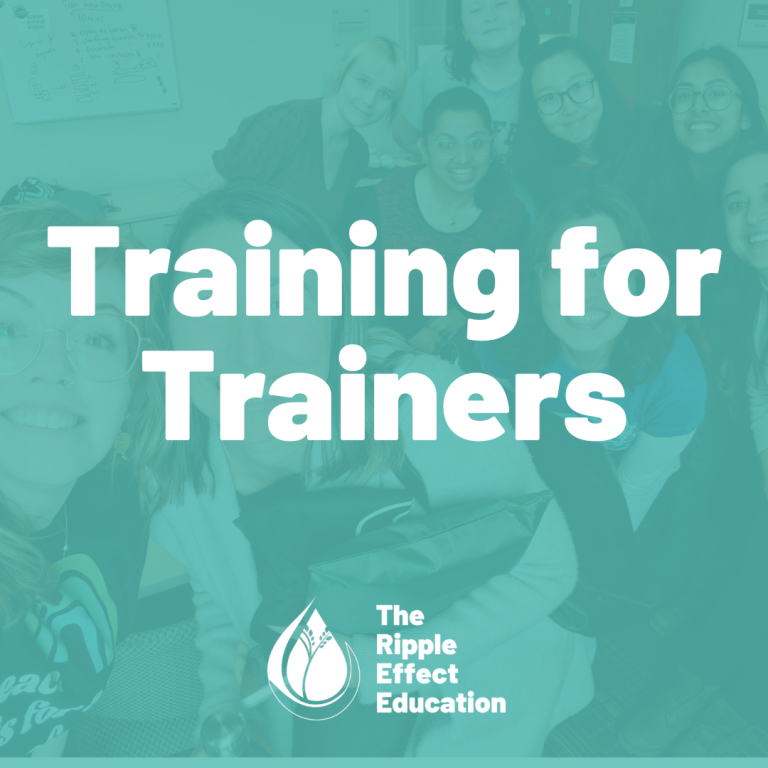During the past two years, we have had to change our lifestyle to accommodate our health and those around us. We changed the way we socialized, the way we greet each other, our work environments, and most importantly the way we receive information. However, even though we shifted to virtual learning, the general teaching style stayed the same. After two years of mostly online learning, students have begun to lose interest in the content they are being taught. As educators, we have to work towards changing our teaching style to accommodate our learning environment. This blog will discuss some tools used by educators around the world that we could consider implementing within our classrooms.
An Edutopia article talks about strategies that can strengthen the engagement levels of students within classrooms (Minero, 2020). An example that interested me was the Spider Web Discussion activity. This is an activity that engages students by making them lead their own discussion, virtually (Minero, 2020). Before class, students answer questions independently, these questions are general life questions that may not be related to the course content. During class, their answers are shared while the educator connects students’ points and perspectives on a piece of paper; which results in the design of a spider web (Minero, 2020). This allows for all students to get engaged at the start of the lesson, and ultimately that engagement proceeds until the end of the class.
Another exciting activity that has proven the engagement of students is Virtual Show and Tell. This activity resonates mostly with middle-school and high-school students (Minero, 2020). At the beginning of every class, the educator asks the students to look for an artistic template that represents families, friendships, and intergenerational relationships (Minero, 2020). This allows students to think deeply about this piece of art and answer challenging questions about their interpersonal relationships (Minero, 2020). This activity connects to a similar art activity that engages students with Virtual Gallery Walks (Minero, 2020). This allows for the participation of all students in the class as it requires them to listen to their peers in projects and then give feedback on the work presented. This allows students students the opportunity to practice critical reflection and engage with all their classmates within the comfort of their own homes.
One thing to consider when we are practicing forms of engagement is to ensure that students are motivated to learn about the course content (Kellehar & Hulleman, 2020). There are three learning mindsets examined in the Edutopia article that can be used within our classrooms (Kellehar & Hulleman, 2020):
- Sense of Belonging: Making students feel heard
-
-
- Creating a comfortable environment within the virtual space allows students to identify with themselves and feel safe to bring their authentic selves to the class.
-
- Purpose and Relevance: Work hard to articulate the purpose
-
-
- We must state the importance of assignments, specifically when we are already so physically distant from our students
-
- Growth Mindset: Explain how learning works
-
- We should be truthful with our students and explain the difficulties of studying but then it gets easier over time. Giving them effective studying strategies will allow them to confide us as educators and create a low-stakes learning environment.
It is important as educators and guardians that we provide our students and children with advice and comfort when taking on new tasks and being introduced to a new lifestyle. During difficult times, students confide in their teachers to relate to them on a deeper level. We have in our hands the power to change a repeated and routine-oriented class into a lesson that can open up discussions between classmates.
Read our related blog posts:
- Peace Activities for the Teenage Years
- Peace Activities for the Middle Years
- Peace Activities for the Early Years
Bibliography
Kellehar, I. & Hulleman, C. (2020). “The Science of Keeping Kids Engaged—Even From Home” Edutopia
https://www.edutopia.org/article/science-keeping-kids-engaged-even-home
Minero, E. (2020). “8 Strategies to Improve Participation in Your Virtual Classroom” Edutopia
https://www.edutopia.org/article/8-strategies-improve-participation-your-virtual-classroom
 Malak El-Batroukh is a fourth year student at Wilfrid Laurier University, majoring in Global Studies with an option of Social Entrepreneurship and a specialization in International Development. She chose this major because she has always looked for a career path that included helping other people. As a Palestinian women, she was raised on the mentality that when you give a lending hand a lending hand will be reciprocated. She is excited to work for TREE because of the importance of conflict resolution and how she can take these skills into future development work.
Malak El-Batroukh is a fourth year student at Wilfrid Laurier University, majoring in Global Studies with an option of Social Entrepreneurship and a specialization in International Development. She chose this major because she has always looked for a career path that included helping other people. As a Palestinian women, she was raised on the mentality that when you give a lending hand a lending hand will be reciprocated. She is excited to work for TREE because of the importance of conflict resolution and how she can take these skills into future development work.
